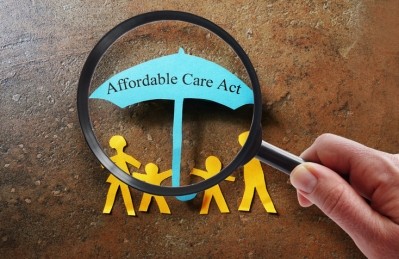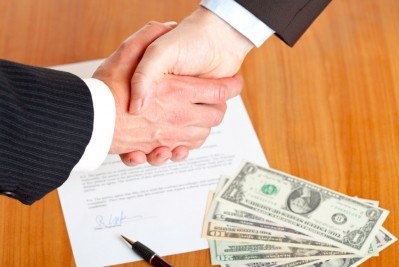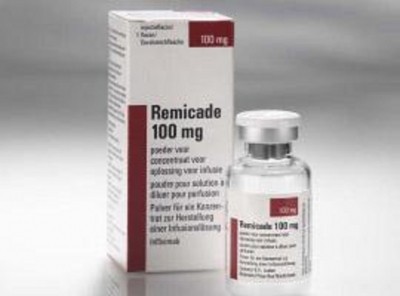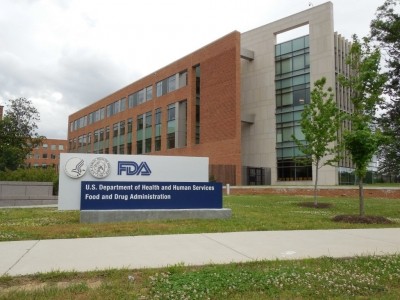Waiting on the US: Rapid biosimilar uptake worldwide stalling, report finds
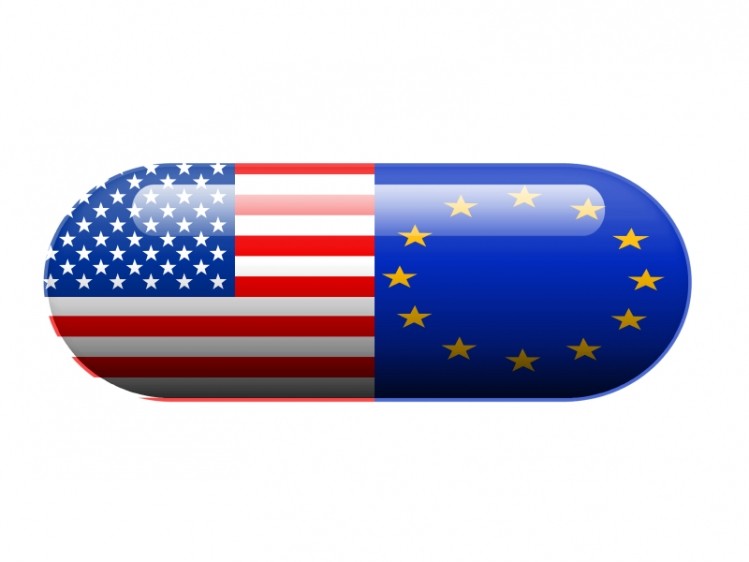
“Although other countries have been approving biosimilars for several years, approval in the US is expected to improve the biosimilar market globally,” the report from Thomas Reuters says.
But “the birth” of the US market depends largely on when biologic patents will expire, which in some cases occur up to five years after similar patents in the EU and other countries expire. For example, Neupogen, which lost patent protection in the EU in 2008, now serves as the reference drug for eight filgrastim biosimilars approved in the EU and three in Australia, but didn’t expire in the US until 2013.
Others in industry have predicted that biosimilars won’t have a major impact on the world market until 2020, which is when the bulk of patents for blockbuster biologics expire.
“But the first wave, which includes biosimilars referencing biologics with patent expiries before 2020, is about to hit the US,” the report says, citing Sandoz’s BLA filing for a biosimilar in July, while Celltrion submitted a 351(k) BLA with the FDA for Remsima, referencing Janssen Biotech’s Remicade (infliximab).
Celltrion also is challenging Remicade’s remaining US patents, which won’t expire until 2018. The US FDA has 10 months to review a biosimilar BLA before making an approval decision.
US Patent Complications
Patent expirations may further complicate biosimilar launches in the US, especially since no one knows how the patent procedure outlined in the Biologic Price Competition and Innovation Act (BPCIA) will play out.
Litigation over generics tends “to be straightforward, as the FDA maintains the Orange Book, which lists the patents claimed by each small-molecule drug,” the report notes, adding that the FDA’s release of a ‘Purple Book’ for biologics. But because biologics are so complex and many are covered by numerous patents, the situation is complicated.
The US FDA also set up a schedule of interactions between the innovator and the maker of the biosimilar that is supposed to precede a legal challenge, according to the report. But a federal judge “has ruled that the interaction can’t start until the FDA has approved the biosimilar. That timing could delay a biosimilar launch indefinitely.”
Market Expectations too High?
It’s understood that biosimilars, due to their complex nature, won’t offer as steep of discounts as generics, but the extent of the discount is still being evaluated.
According to the report, five epoetin (EPO) biosimilars were approved in the EU in 2007, and they offered about a 20% discount from the price of the innovator biologic -- Janssen-Cilag’s Eprex. The innovator, however, matched the price of the biosimilars so the five biosimilars together managed to claim only 12% of Europe’s $1.3bn EPO market five years later, according to the EU’s Project Group on Market Access and Uptake of Biosimilars.
“The EPO experience wasn’t unique. By 2011, the EU also had approved eight biosimilars referencing Amgen’s Neupogen (filgrastim). Together, the eight – most of which had been launched for two orthree years – captured 18 percent of the EU’s G-CSF market in 2011. That same year, Sandoz’s Omnitrope, the only biosimilar approved at the time of Pfizer’s human growth hormone Genotropin, had a 7 percent market share, even though it had been on the market for about five years,” according to the report.
Altogether, the 14 approved biosimilars had about 11% of the EU market in their respective spaces in 2011.
